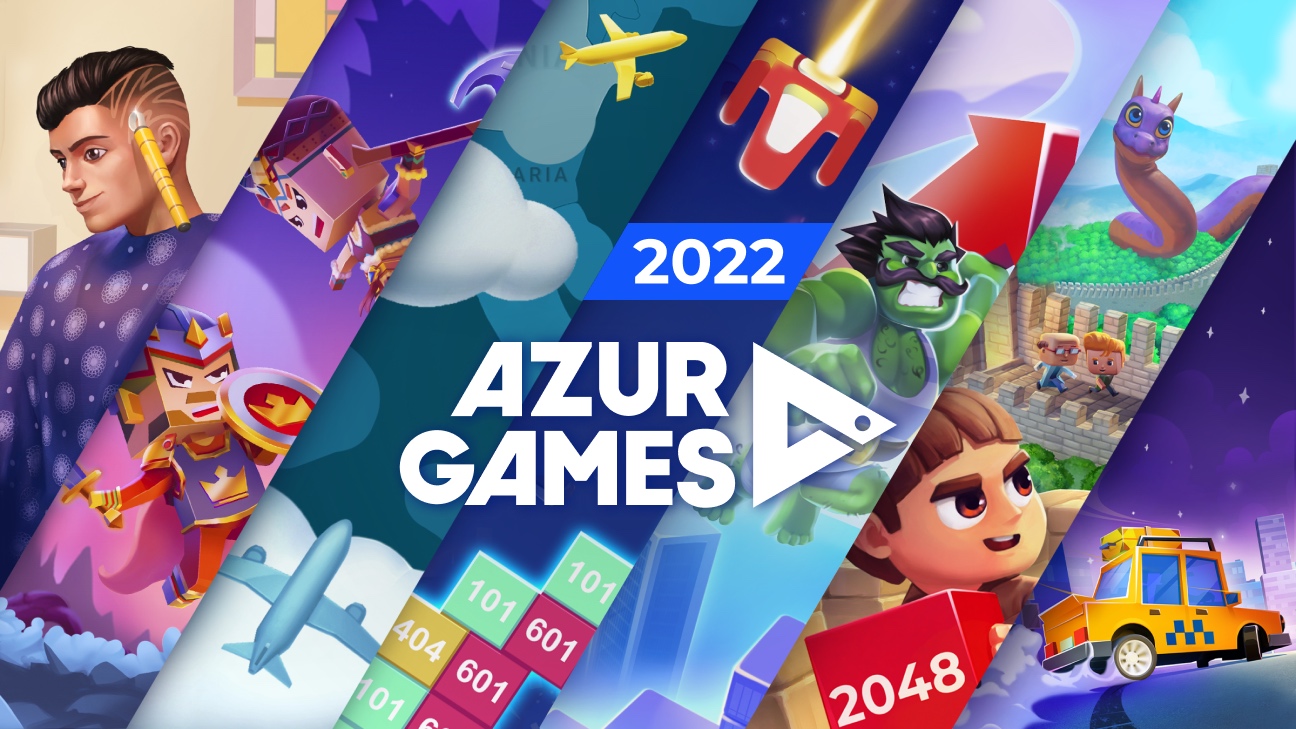How was 2022: interview with Azur Games co-founder Dmitry Yaminsky
We talked by tradition with App2Top about the results of 2022 – about the difficult period, nostalgia for the Covid times and changes in the market.
*****
— Tell me, what was the year for you personally?
It’s a trick question, because there are a lot of unprintable words in my head. It was a hard year, like for everyone else. No one could have imagined that we would be nostalgic for the Сovid times, right? Much nerves had been lost, we had to reconsider our views, to change our habitual way of life. In the end, I try to focus on what’s important – on the family and the team, to continue to do what we are good at.
— What was the year for the company? What have you done, implemented, and what would you like to highlight in terms of achievements?
The main achievement, oddly enough, is not really about business – it was the moment when the company self-organized and rallied. We relocated a large part of the team, we left the Russian market completely, but we had to do it earlier than we had planned. Many people moved into the unknown, left their homes and were stuck in traffic for days. We simply could not cope with a huge amount of organizational issues for some time. At that point, the whole team started helping each other – with finding accommodation, moving processes and domestic issues. Now, of course, we have learned from our mistakes, but not without the help of our colleagues.
We also opened an office in Georgia, though we moved in during the renovation. And we are preparing to open new offices in other countries. Alongside, we helped independent studios that approached us with relocation.
As for numbers, in the middle of the year we passed the three billion installs mark, and now we have more than four billion. We are waiting for a new beautiful number.
We also invested in a couple of talented mobile game development teams. This was a relatively new direction for us, but during the year the focus shifted – now we are more focused on internal products and processes.
— From your point of view, what has changed in the gaming market over the year in terms of production and distribution?
Just the other day we published a market analysis, and there is a graph of our eCPM, and you can see that it grew almost continuously throughout 2021. And right in January 2022 it went down. Marketing efficiency has dropped, but the competition went up many times over. Now you have to be even more careful in the development and selection of projects.
It’s not getting more places in the tops, and the number of HC releases for 2022 already exceeded the last year’s figures by five times. If the market is growing, it is mainly on account of low-income regions, although there are forecasts for the fall at the end of the year. So the old approaches do not work – even in the hypercasual market, the chances of a single weekend to assemble a prototype that will be a hit tend to zero. Now it’s weeks and months of work by an entire team.
Altogether, this leads to the fact that it is often unprofitable for publishers to work under pay-per-prototype or burn rate models. Priority is given to teams with a high level of development and expertise in a particular niche.
— Has the practice of working with developers changed, perhaps the developers themselves, their requirements, desires, and the level of the proposed projects have somehow changed?
This is directly related to the question asked earlier. It is getting harder for singles and small teams, especially when it is not as profitable for publishers to pay for a large number of quickly written prototypes while waiting for a hit. Against this backdrop, the overall level of projects is rising, but now it takes a lot more effort, including on the development side, to reach the same financial numbers.
A good strategy remains systematic development in a certain direction. If the team listens to the publisher and we make several projects in the same genre together, improving them from release to release, we get positive results 100% of the time. Many developers understand this and begin to build up expertise.
— Speaking of the games that game teams are developing today, are there any trends in the directions they are choosing and offering?
Trends are constantly changing, even within a few months. For example, there was a surge of puzzles in autumn, but in general idle games have been showing themselves very well, especially since the beginning of summer.
The competitive market forces you to keep a close eye on what others are doing and how players react to it. There is no point in making predictions here, you have to constantly adjust and analyze the situation.
— What are the company’s plans for next year?
The most important thing right now is to focus on current projects and internal processes and think about how to improve them. So we’re going to do even better at what we’re already doing.
As for investments, we will continue to look for promising teams, but priority is given to companies that are already earning. Trends are changing, and the market now doesn’t care as much about how you will grow in so many years, it’s more important how much you earn.
